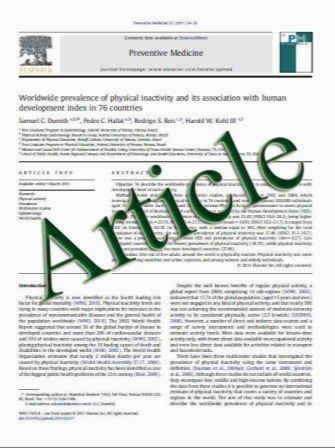Thoraco-Abdominal Pressure Gradients During the Phases of Respiration Contribute to Gastroesophageal Reflux Disease
- نوع فایل : کتاب
- زبان : انگلیسی
- مؤلف : Shahin Ayazi Steven R. DeMeester Chih-Cheng Hsieh Joerg Zehetner Gaurav Sharma Kimberly S. Grant Daniel S. Oh John C. Lipham Jeffrey
- چاپ و سال / کشور: 2011
Description
Background and Aims Exaggerated pressure fluctuation between the thorax and abdomen during exercise or with pulmonary disease may challenge the gastroesophageal barrier and allow reflux of gastric juice into the esophagus. The aim of this study was to investigate the pressure differentials in the region of the gastroesophageal junction to better understand the relationship between the thoracoabdominal pressure gradient and the lower esophageal sphincter (LES) barrier function. Methods We reviewed the esophageal motility and 24-h pH studies in 151 patients with a manometrically normal lower esophageal sphincter who did not have pulmonary disease, history of anti-reflux surgery, hiatal hernia, or ineffective esophageal motility (IEM). Intra-abdominal gastric and intra-thoracic esophageal pressure fluctuations with respiration were measured and the thoraco-abdominal pressure gradients were calculated during both inspiratory and expiratory phases of the respiratory cycle. Predictive factors for an abnormal composite pH score were identified by multivariable analysis. Results An inspiratory thoraco-abdominal pressure gradient that was higher than the resting LES pressure was found in 27 patients. In 23 of these patients (85.2%) there was increased esophageal acid exposure (OR 13.5, 95% CI 4.4–41.8). An abnormal composite pH score was predicted by a high inspiratory thoraco-abdominal pressure gradient (P\0.001), greater fluctuation between inspiratory and expiratory thoracic pressure (P = 0.023), lower LES resting pressure (P = 0.049) and a decreased residual pressure after a swallow induced relaxation (P = 0.002). Conclusions The gastroesophageal barrier function of the LES can be overcome during times when the inspiratory thoraco-abdominal pressure gradient is increased, leading to reflux of gastric juice into the esophagus. This implies that exaggerated ventilatory effort, as occurs with exercise or in respiratory disease, can result in gastroesophageal reflux.
Dig Dis Sci (2011) 56:1718–1722 DOI 10.1007/s10620-011-1694-y Received: 19 November 2010 / Accepted: 25 March 2011 / Published online: 22 April 2011


